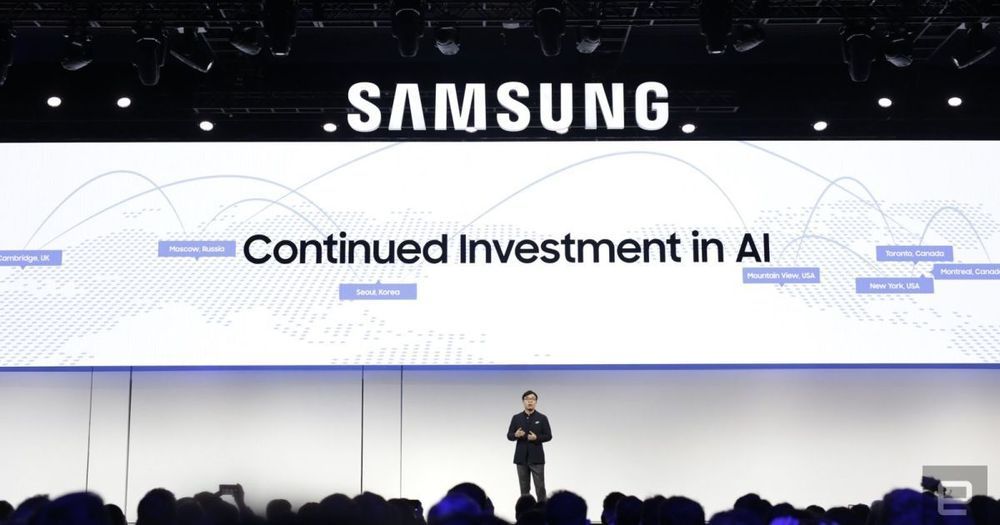Interestingly, the study also found that Facebook users over 65 years old, on average, shared nearly seven times as many fake news articles as the youngest age group (18−29 years old). #INQLifestyle
A study by researchers from Princeton University and New York University found age as the prime factor that determined whether someone would share “fake news” on social media.
The study, published in the peer-reviewed Science Advances journal on Jan. 9, shed light on the concerns about the prevalence and effects of spreading misinformation during the 2016 US presidential campaign.
The researchers noted that one of the most discussed phenomena after the 2016 US presidential elections was the dissemination and possible influence of misinformation or fake news, with some scholars and commentators asserting that fake news could have affected the results of the elections.







